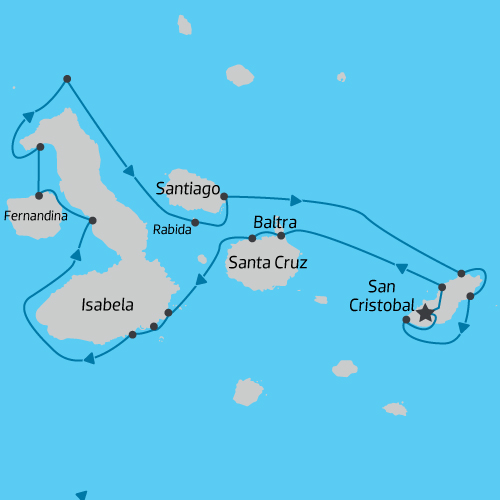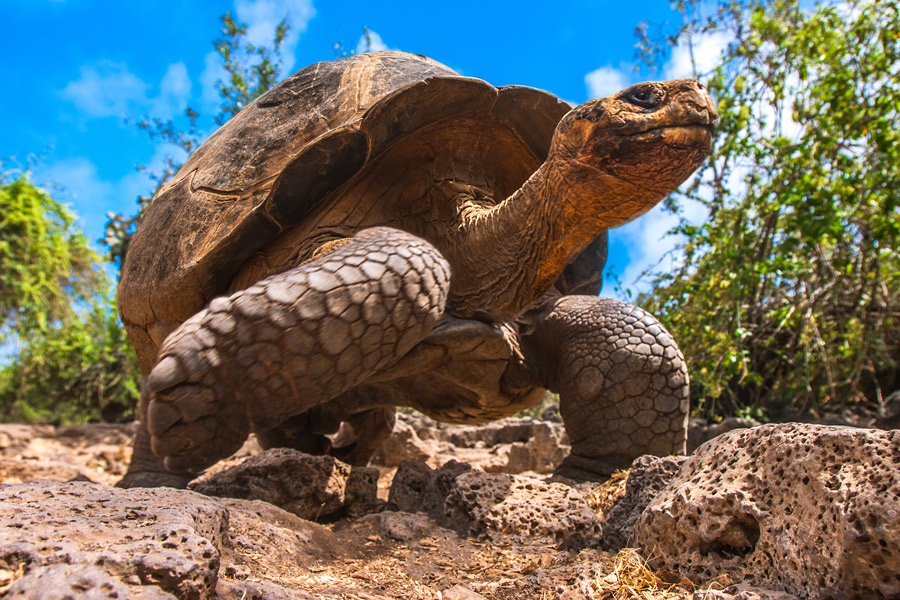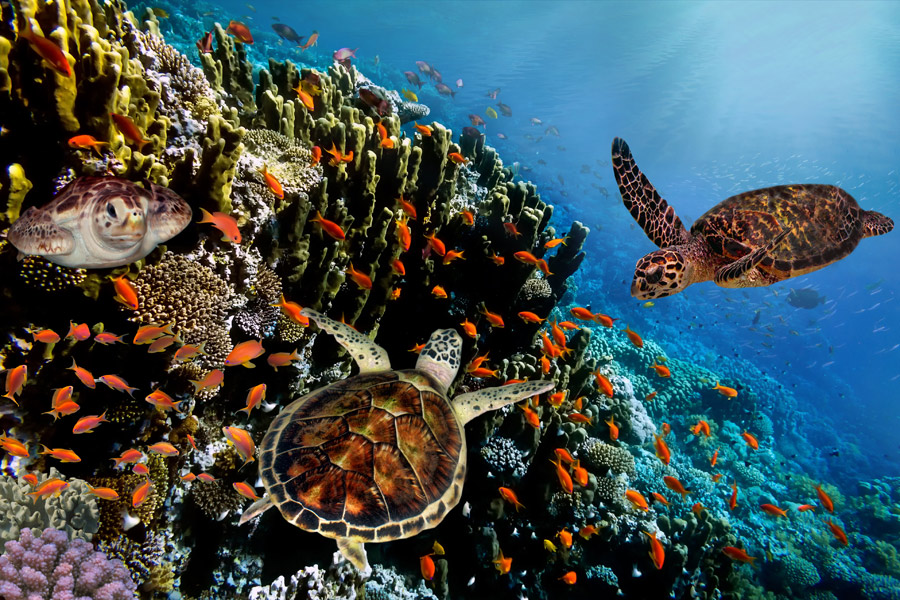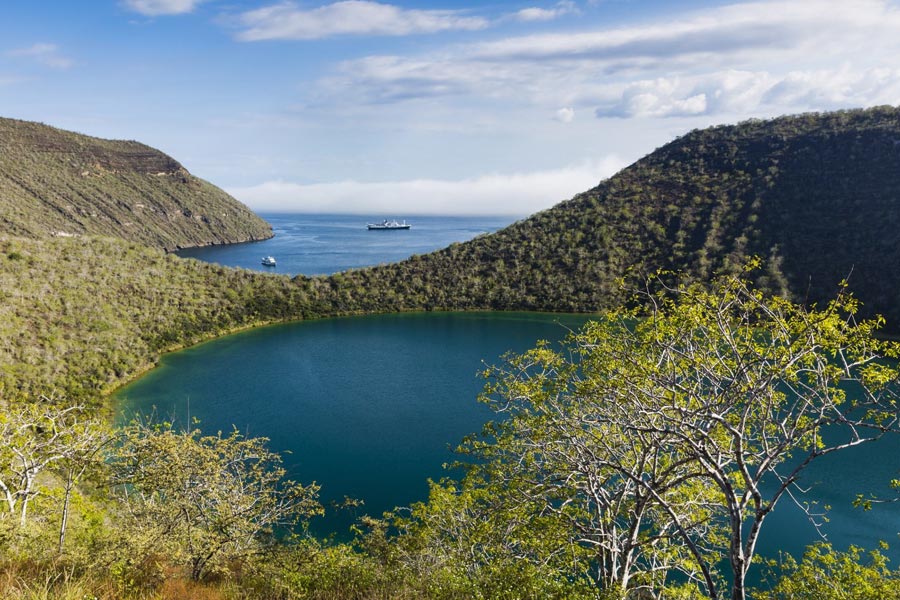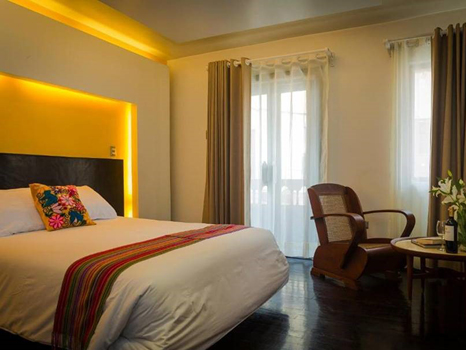AM: Moreno Point
Punta Moreno is an excellent site for fans of geology and bird lovers. The ground is covered in rough lava, dried out after an eruption decades ago. The formations of the lava rock indicate how it flowed and dried and are very interesting for geologists. The lava flow cooled unevenly, and in places there are little ponds of brackish water popular with wading birds like flamingoes, herons and stilts. You may even get to see the occasional Pintail Duck in one of the pools!
There is little in the way of vegetation, but some hardy pioneer plant species and cacti have begun the process of breaking the lava rocks down into something friendlier for plants and animals. There are small lizards and snakes to be found in and among the rocks. Along the coastline, tidal pools may trap some interesting sea life, and you may get to see some marine iguanas swimming and diving down to feed on underwater algae. Also snorkeling along the shoreline, lucky guests may spot some Galapagos Penguins.
PM: Bachas Beach, Santa Cruz
Bachas is one of the more beautiful beaches in the entire Galapagos archipelago – and that’s really saying something. It is a long stretch of pristine white sand where sea lions lounge and crabs scuttle back and forth. It was used by the Americans during World War Two: “Bachas” is actually a play on the word “barges,” which were once landed here.
Sea turtles nest in some of the sand dunes here, and your guides will ask you to stay clear of the marked areas so as not to disturb their eggs.
A short distance away are two saltwater ponds where flamingos are frequently seen. There is no real hike here: only the warm sandy beach. After a stroll along the sand and a refreshing dip, some of our guests like to do some easy snorkeling in the gentle surf.
